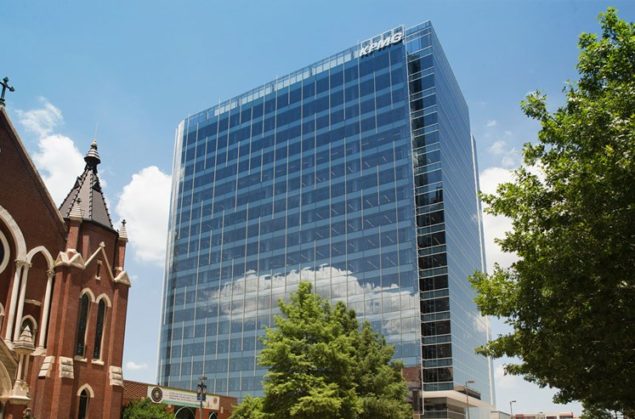
These days, everyone seems to be talking about EB5. The program was created more than 25 years ago to stimulate the U.S. economy through job creation and capital investment by foreigners. Basically, non-Americans can secure green cards for themselves and their spouses and children by making a $1 million investment that creates a minimum of 10 full-time U.S. jobs. If the investment is made in a targeted employment area, or TEA, the qualifying minimum drops to $500,000.
For the first couple of decades, EB5 was sparsely used, and the investments primarily went into existing or new commercial enterprises. But then the Great Recession hit, capital markets went into a deep freeze, and frustrated real estate developers began seeking new ways of getting funding for their projects. EB5 emerged as an intriguing possibility.
When the program works, everyone is happy. Developers get low-cost capital from silent investors who really just want to break even. Investors get those all-important green cards, which provide permanent residency. Those who facilitate the investments get their cuts. And cities benefit from new jobs and tax-generating enterprises and developments.
Karl Zavitkovsky, director of economic development for the city of Dallas, began looking into the program in the late 2000s. At the time, there were only a handful of EB5 regional centers in place. Going through these agencies, approved by U.S. Citizenship and Immigration Services, allows EB5 investors to count indirect jobs as well as direct jobs affiliated with their projects. What’s more, investors don’t have to worry about the day-to-day management of the ventures in which they invest; instead, they can become part of a pool in a limited partnership.
Click here to read the full report, in the June issue of D CEO magazine.





